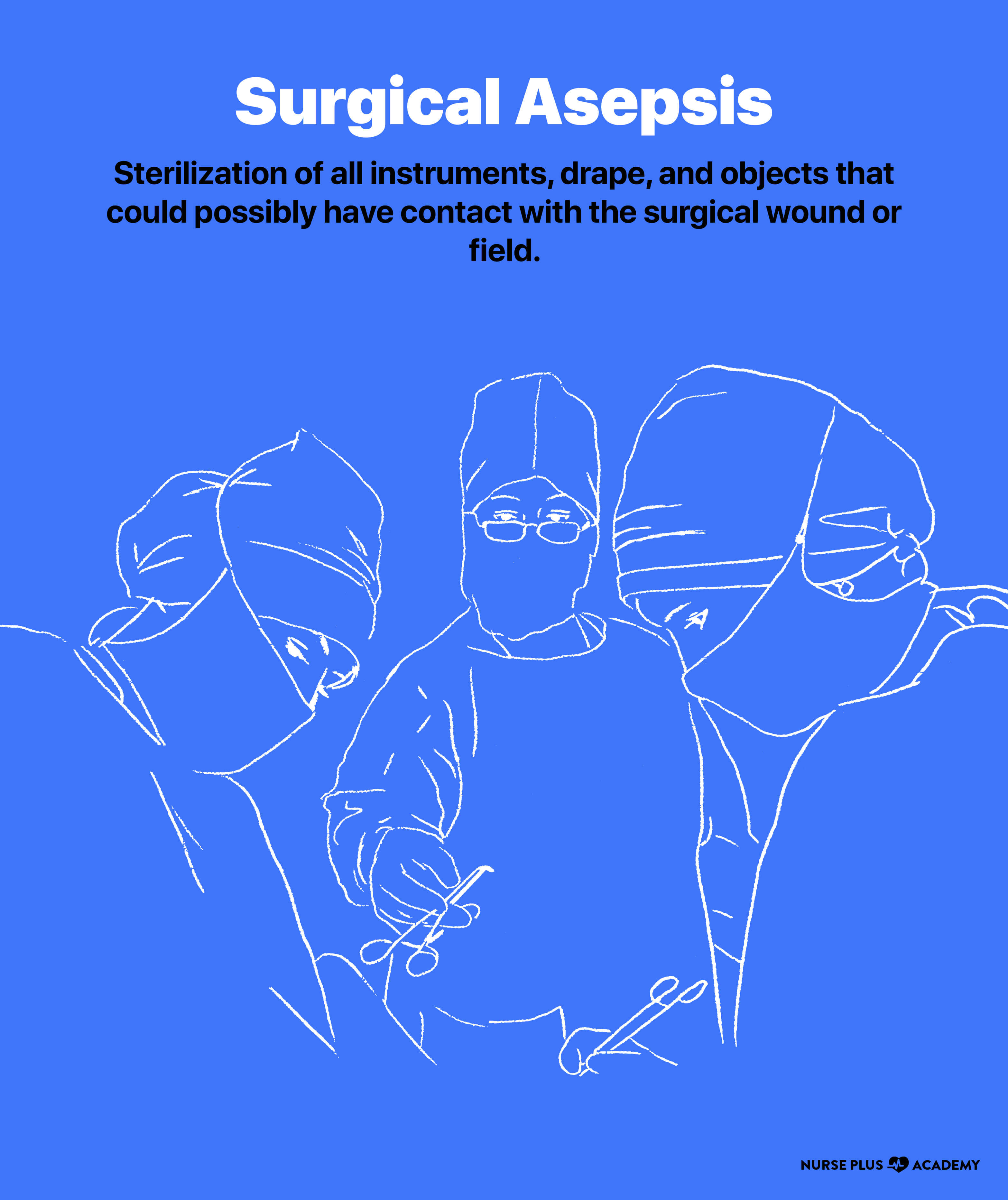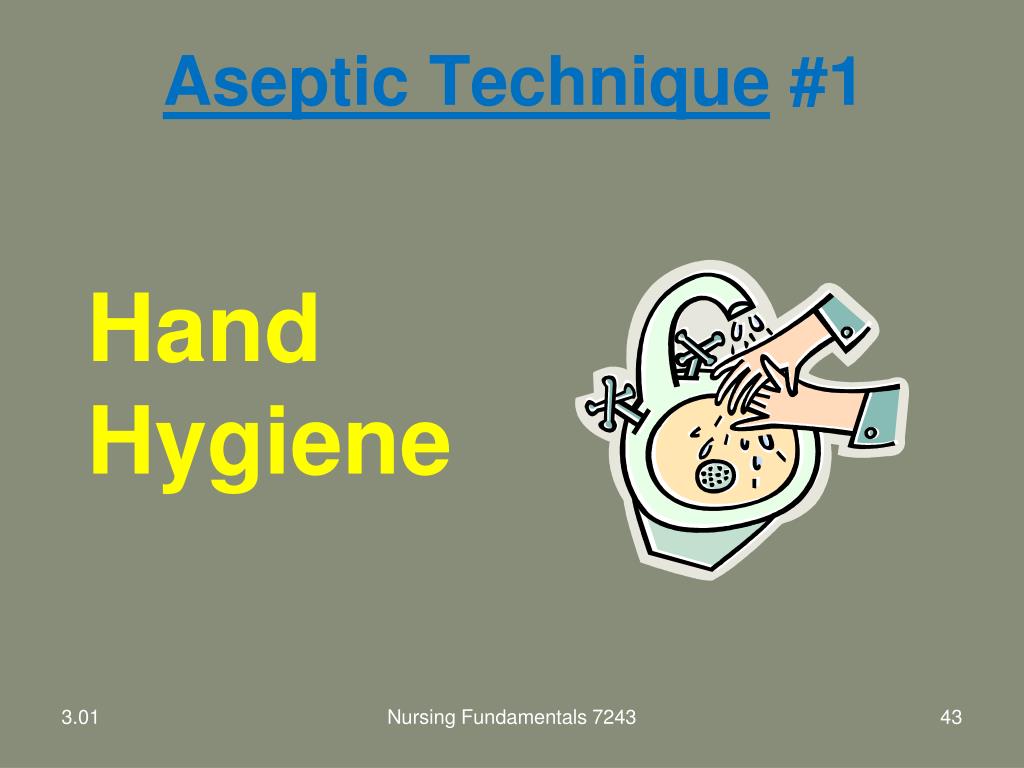

This study aims at identifying the factors influencing nurse compliance in maintaining aseptic technique in the insertion of a peripheral intravenous catheter (PIVC). Conclusion: Age and educational qualifications should be considered for the potential contributing to nurses' compliance with the aseptic protocol in the neonatal care unit.Ībstract = "Background: Aseptic technique is the foundation for preventing bloodstream infections due to peripheral intravenous access insertion. Working experience, the number of insertions, the level of knowledge of nurses about PIVC, and the place of care in the radiant warmer were associated negatively with a decrease in the level of nurse compliance in the use of aseptic PIVC techniques (β = −0.011 - 0.152 p < 0.001).

Results: Higher age and education level of nurses were significantly associated with an increase in the level of nurse compliance (β = 0.053–1.22 p < 0.001 <0.015). The nurse's knowledge was measured using a modified questionnaire, and the level of compliance was measured by an observation sheet.

The related variables measured were repeated insertion, infant care (incubator or radiation warmer), age of nurse, working experience, level of education of nurses, level of knowledge, work schedule, and number of teams on duty. Methodology: The research method is cross-sectional with 160 nurses. The study also highlights issues around the implementation of evidence-based practice and the need for clearer guidance about how evidence should be used alongside existing procedures.Background: Aseptic technique is the foundation for preventing bloodstream infections due to peripheral intravenous access insertion. The research also identified misconceptions about clean versus aseptic procedures and a lack of training for staff.Ĭonclusions - This study highlights the challenges of maintaining the principles of asepsis in a home environment and the fact that district nurses are often relied upon to find creative solutions to such challenges. Common challenges included wound cleaning using a single nurse procedure, the contents of the pack and the home environment. Results - The results show that almost all of the staff understood the principles of asepsis and had adapted the standard procedure for use in a patient’s home. Data were collected from one Trust in England with a total of 10 district nurses taking part and 30 aseptic procedures been observed. Methods - This study used a mixture of non-participant observation and individual semi-structured interviews to examine adherence to the principles of the aseptic technique among the district nurses.

The few studies that have been conducted have identified how strict adherence to the technique is difficult and contamination of hands/gloves is common and that community nurses often have a fatalistic view about whether asepsis is possible in a community setting.Īim - The overall aim of this research project was to examine how experienced practitioners have adapted the aseptic technique within a community setting and to what extent the changed procedure still adhered to the principles of asepsis. Literature - The performance of an aseptic technique is an under-researched area. Such an approach has been advocated for community practitioners. Background - Maintaining the principles of asepsis when performing wound care and other invasive procedures is one of the fundamental approaches of preventing healthcare-acquired infection.


 0 kommentar(er)
0 kommentar(er)
